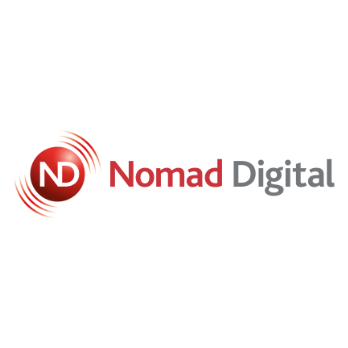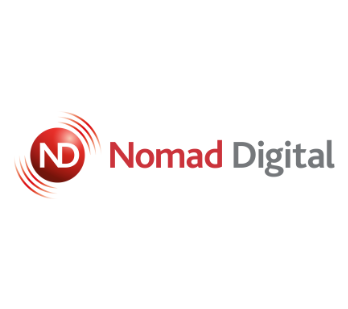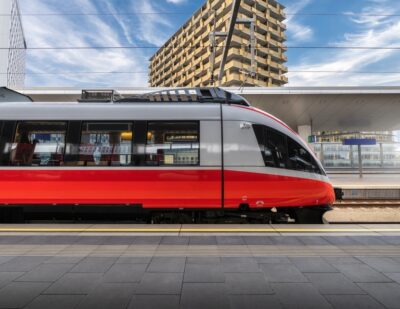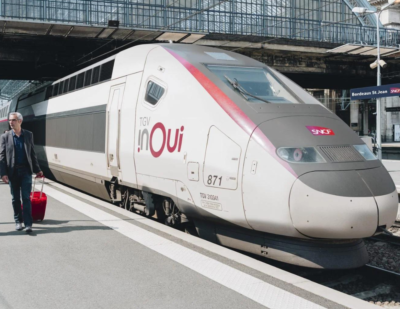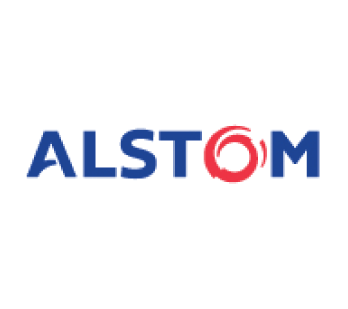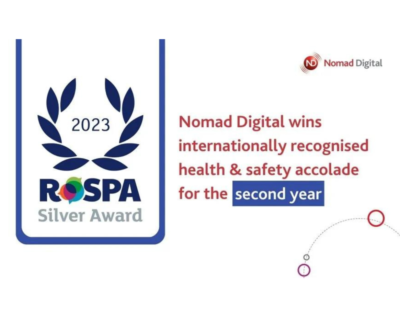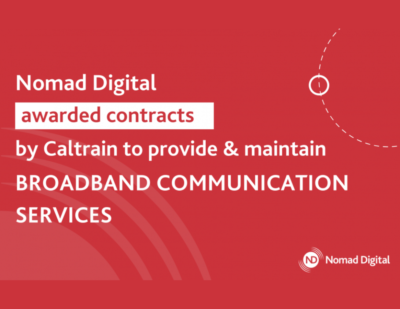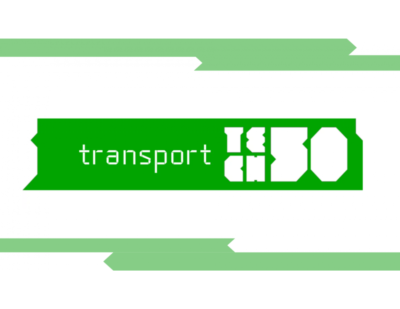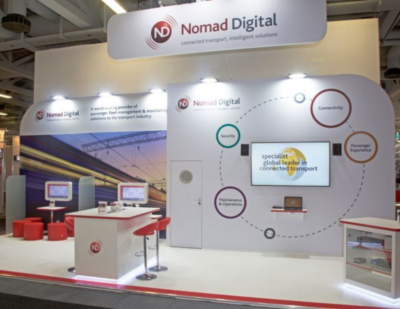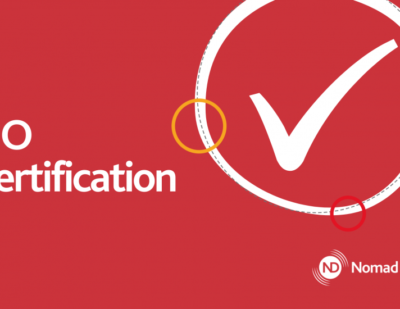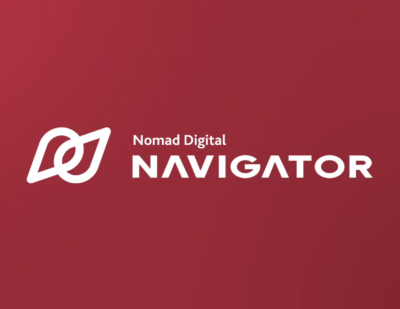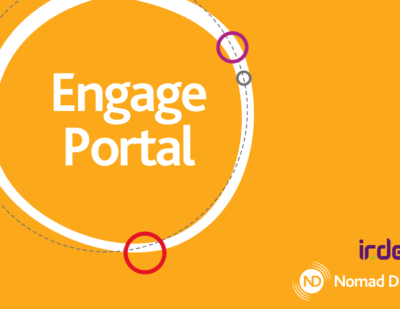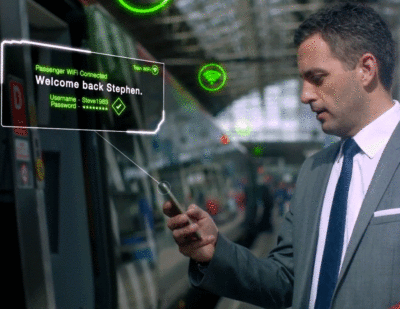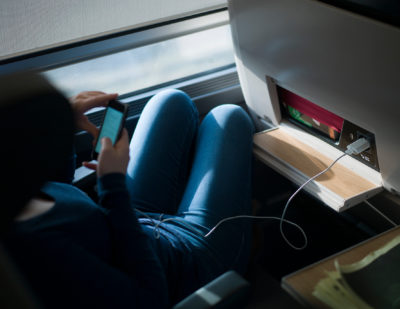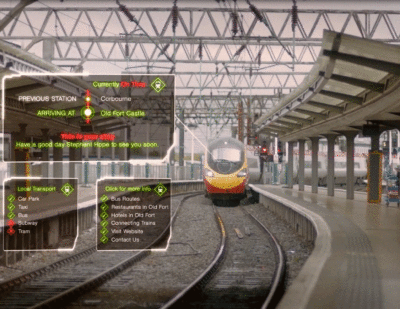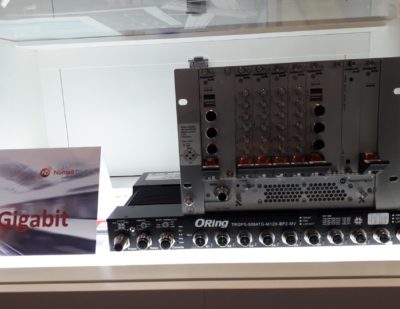Is Cellular Connectivity Meeting the Needs of Train-to-Ground Applications in Rail?
Today’s train-to-ground data needs are predominantly met by cellular services, albeit with varying levels of data throughput. Combine this with the high cost per GB of data and incomplete cellular coverage. Today’s LTE and LTE-A networks have predominantly been deployed and optimised by mobile operators for the distinct purpose of connecting users with smart phones. It is clear the needs of the rail environment differ from the needs of smart phone users and this is particularly evident when it comes to things such as throughput, and the direction of the link where throughput is maximised, the link being asymmetrical. Mobile networks are geared towards greater throughput on the downlink rather than on the uplink. While this is sufficient for WiFi on-board applications, when using cellular for uploading operational train data, such as CCTV images real time or stored, CBM data, the uplink becomes the priority.

In a presentation at the 2019 BWCS conference in London, I was interested to see a paper presented by Deutsche Bahn which analysed the current and projected data demand to and from the train. It concluded that demand hugely outstripped the current data supply that could be achieved by existing MNOLTE cellular deployments. The presentation went on to say the projected supply from the 5th generation mobile network (5G) would still not meet the future projected demand in rail. 5G is also re- farming current <6GHz LTE frequencies with some improvements to throughput but is unlikely to meet the current demand or 27GHz and above using millimetric radios.
This raises interest in deploying a private trackside radio network across parts of a route where coverage is poor, or non-existent, or in areas were the data demand exceeds the MNO supply. This may also be restrictive due to the high cost per GB of data.
Private trackside networks provide the opportunity to offer high data throughput at consistent service levels across the chosen local network routes. Private trackside radios can provide multigigabit throughput from the train to the wayside using 57 to 71GHz millimetric radios to 5GHz radios providing 500Mbps at a lower cost. Often, a private trackside network is deployed as an adjunct to cellular connectivity, and can provide an effective return on the investment against the MNO data costs.
Not forgetting the connectivity that will also come from the Future Rail Mobile Communication System (FRMCS) which looks likely to adopt 5G mobile technology as a private network and will provide a replacement for GSM-r with additional IP data connectivity to the train. However, the key here will be the spectrum (frequency) to be used as this will dictate the throughput that may be achieved.
In summary, cellular services will remain a key component in connecting the train to the wayside; however, where throughputs, the cost of MNO data and coverage are restrictive, significant benefits can be achieved using a private trackside radio. The plans for FRCMS are still being finalised.
Several trials are planned where it will be demonstrated what this technology can achieve, enabling a scalable solution to the current restrictions of the current GSM-r solution.
